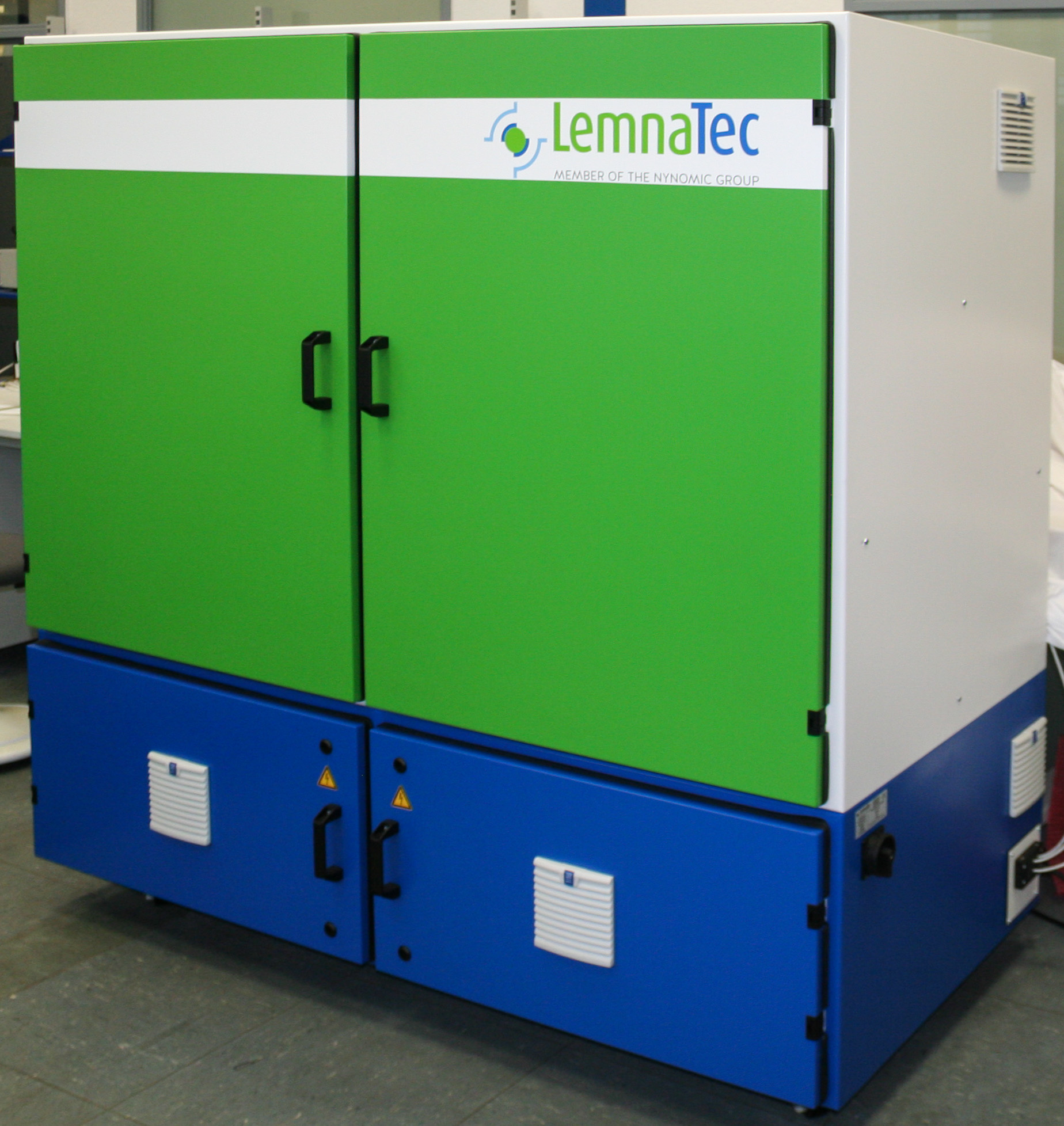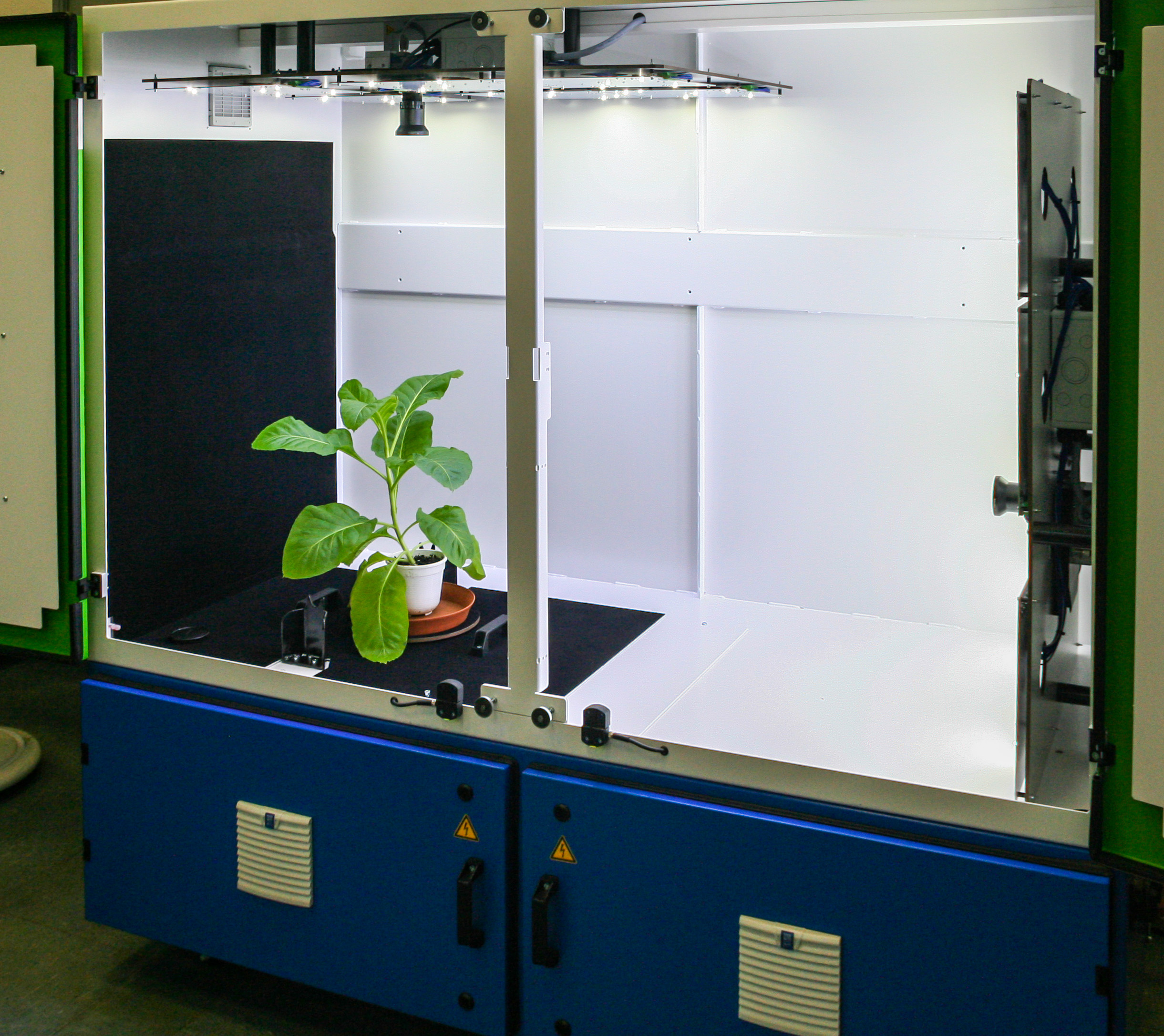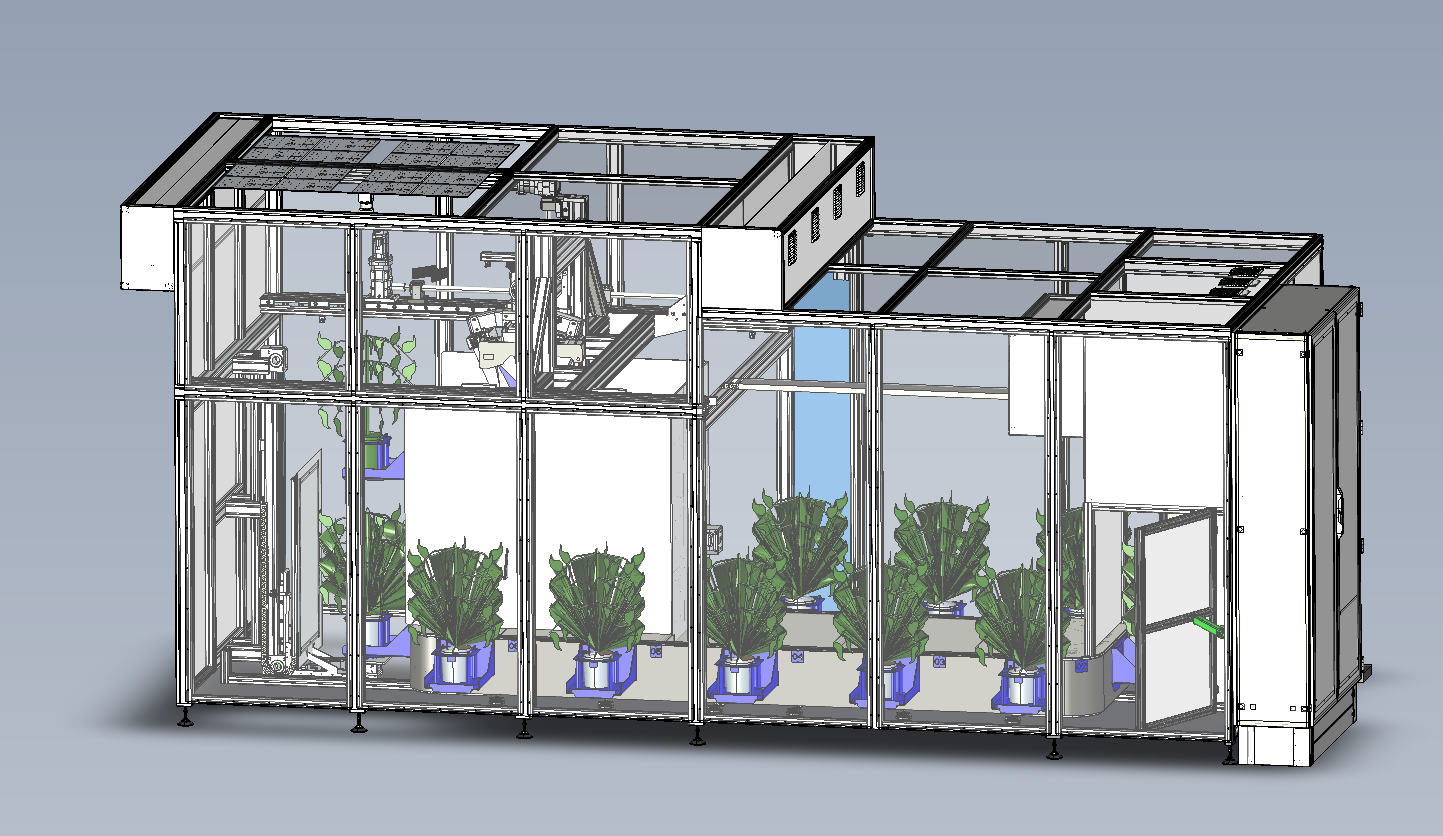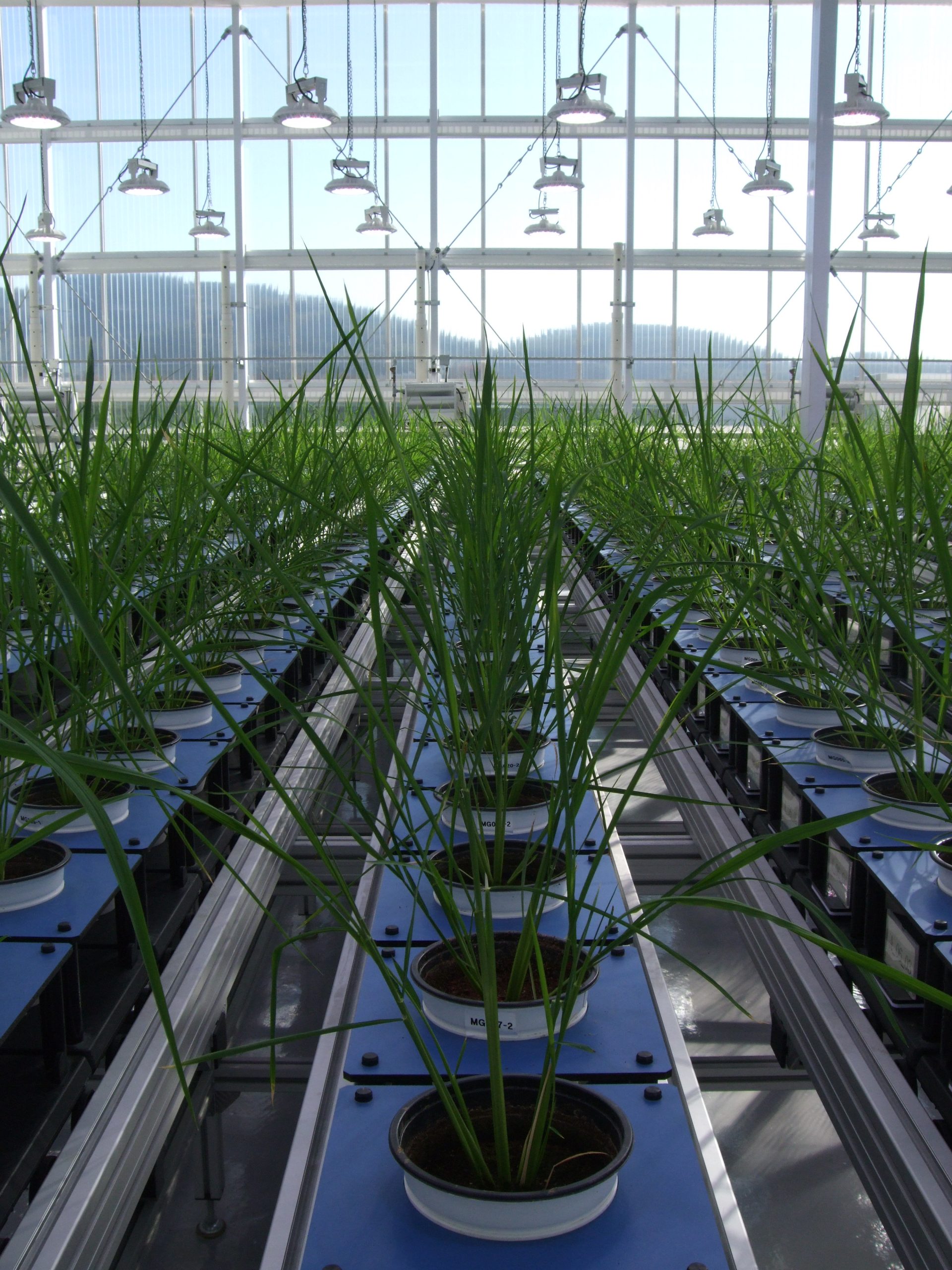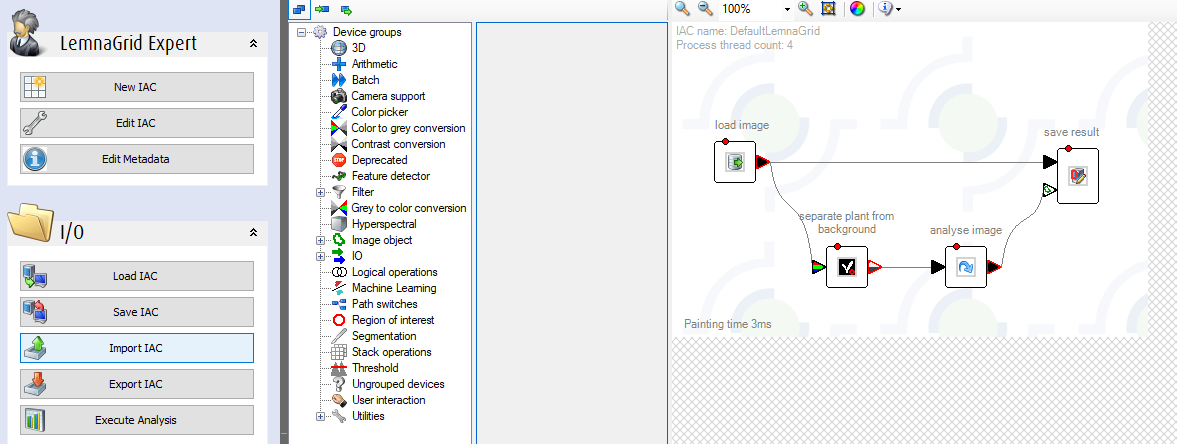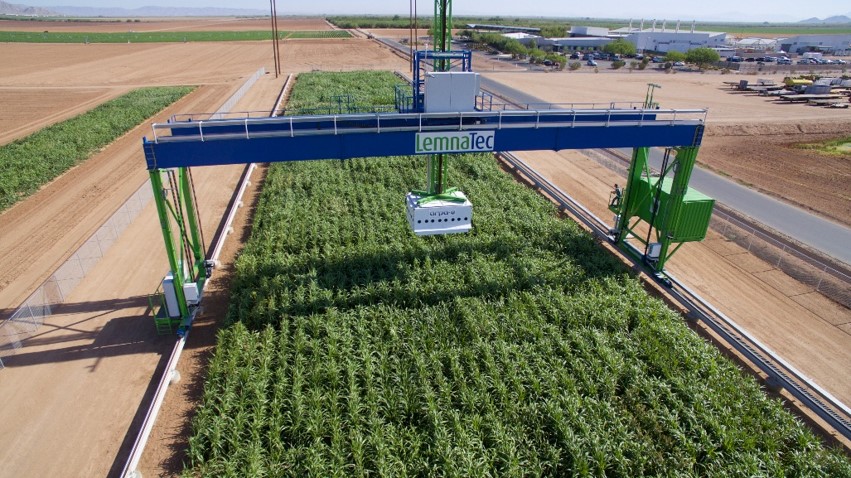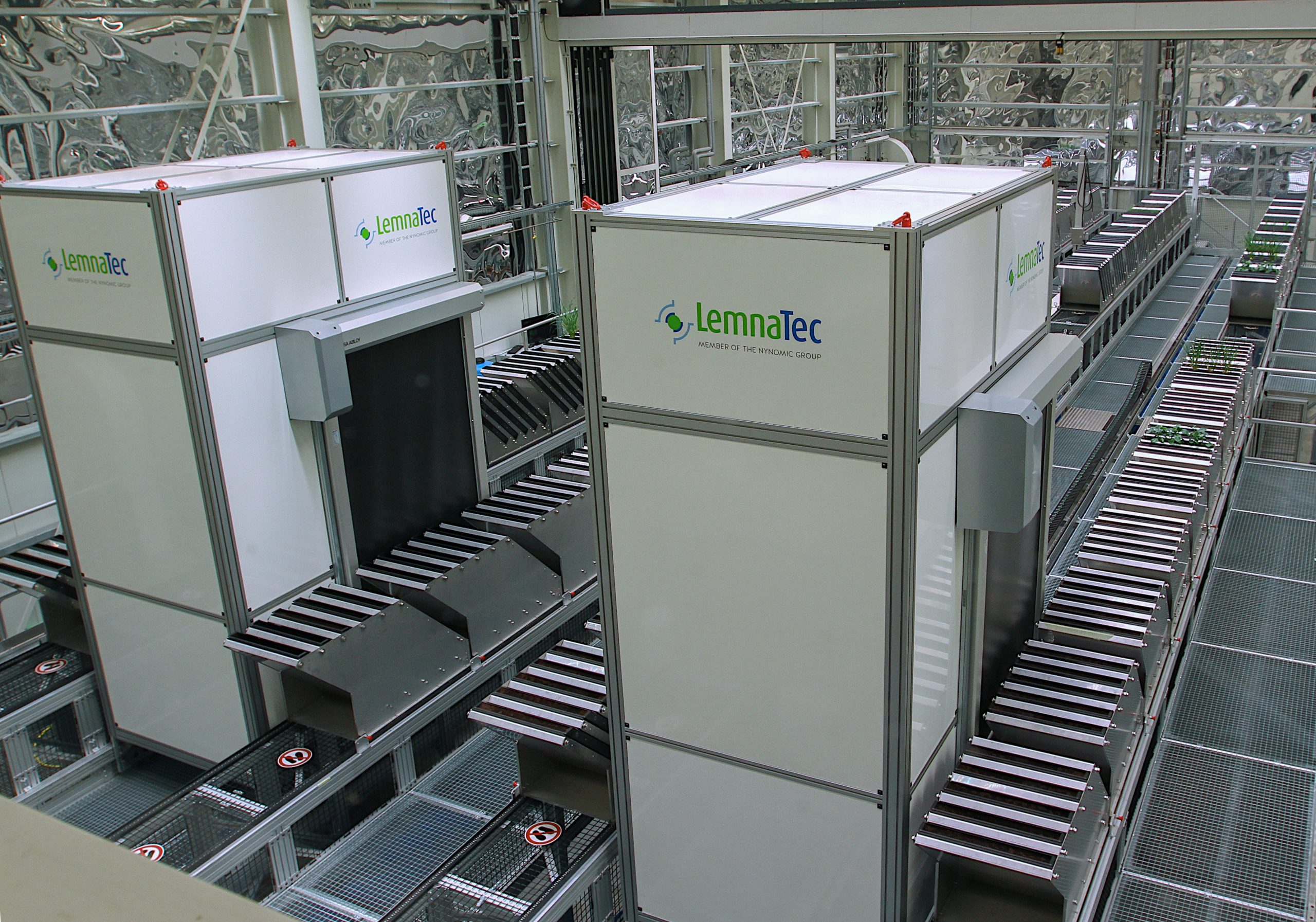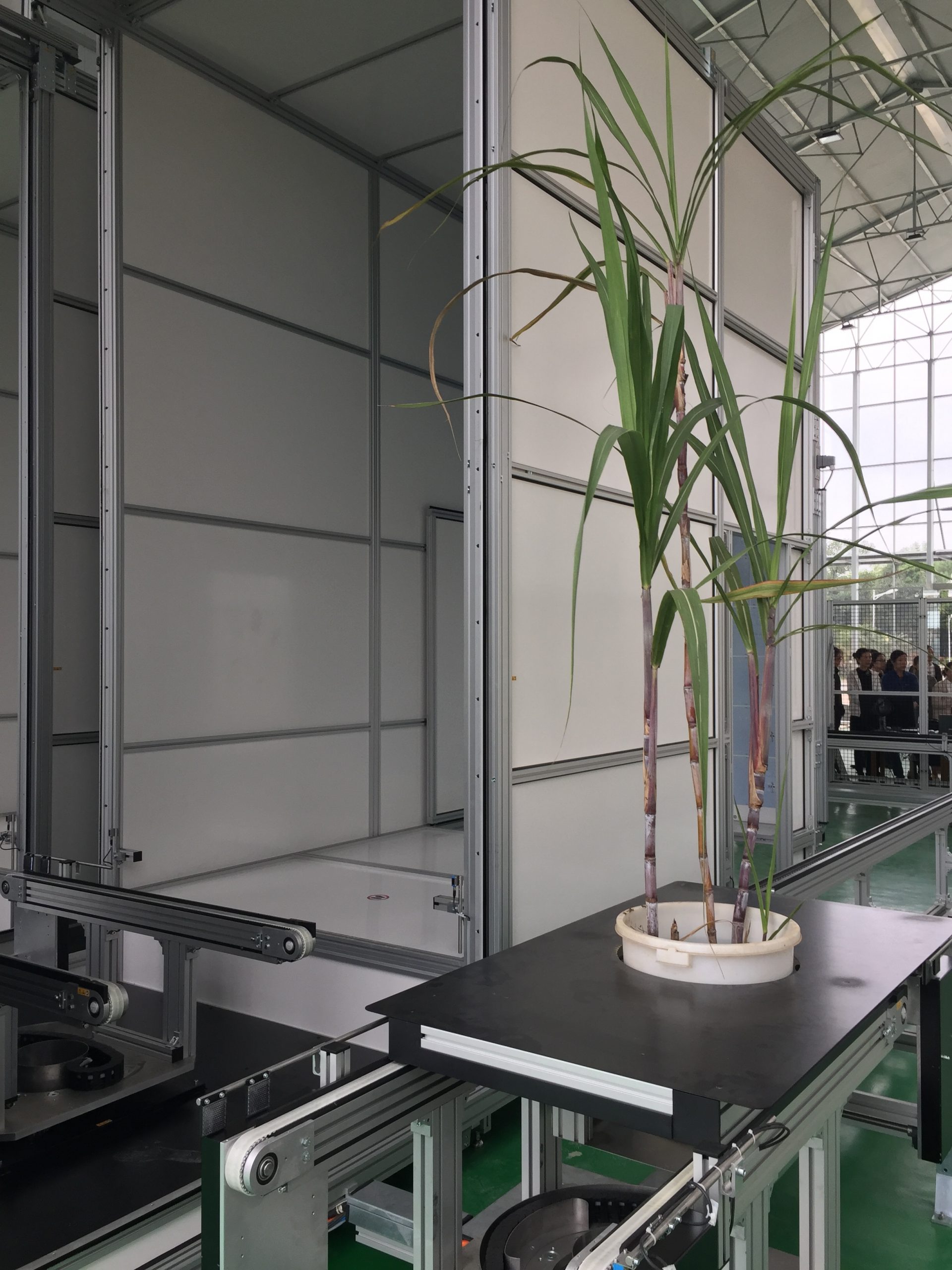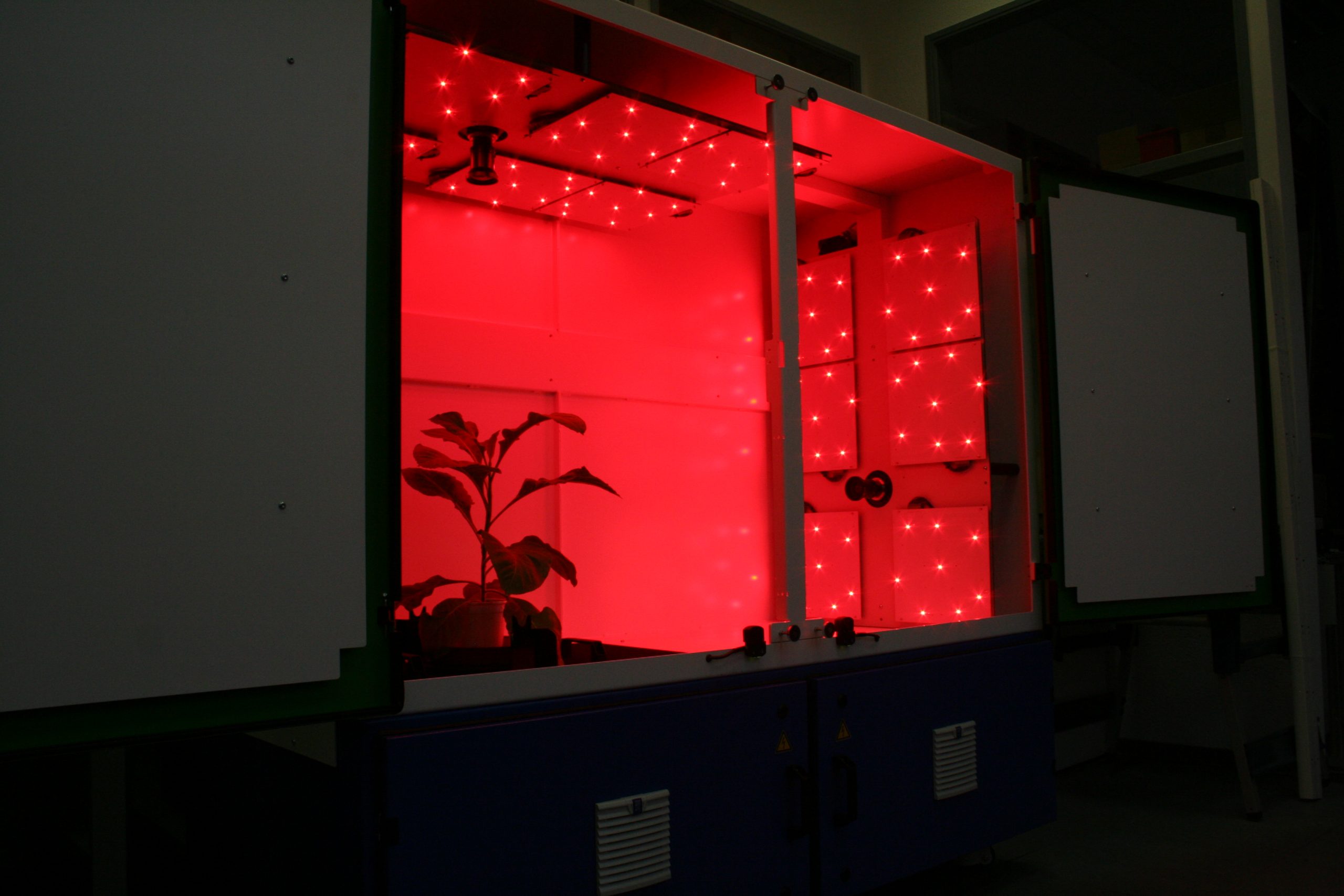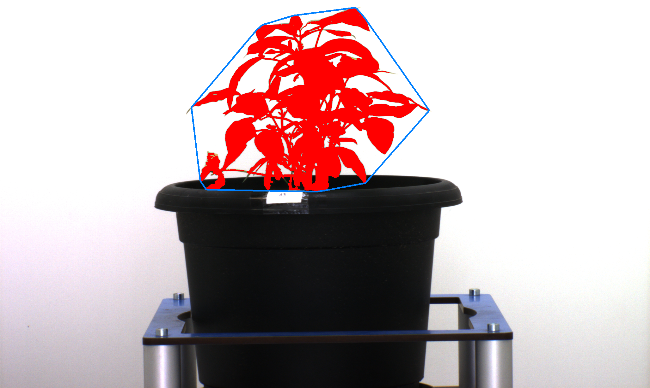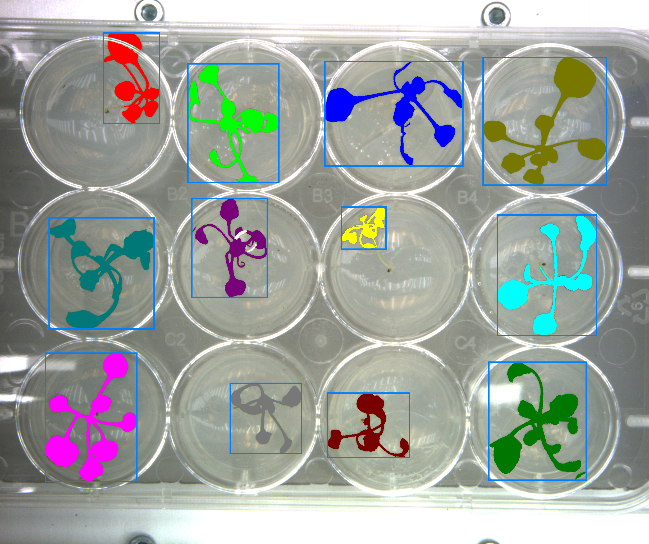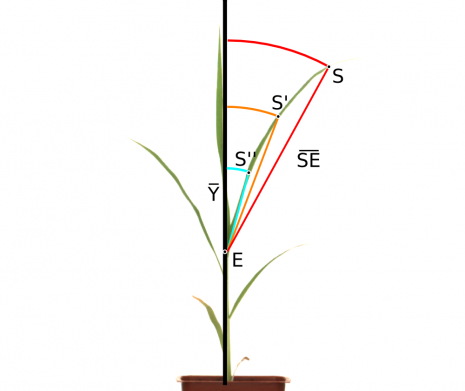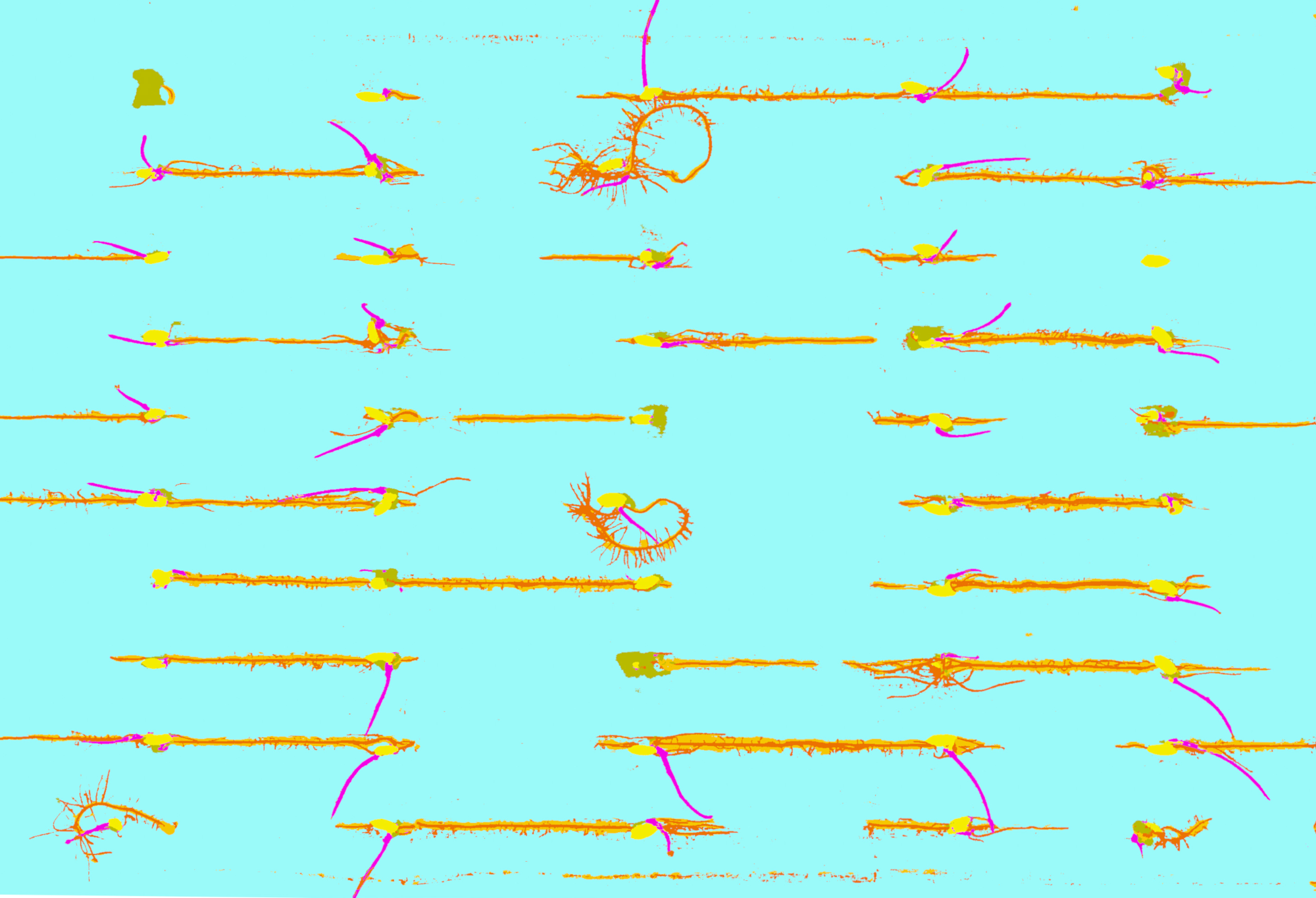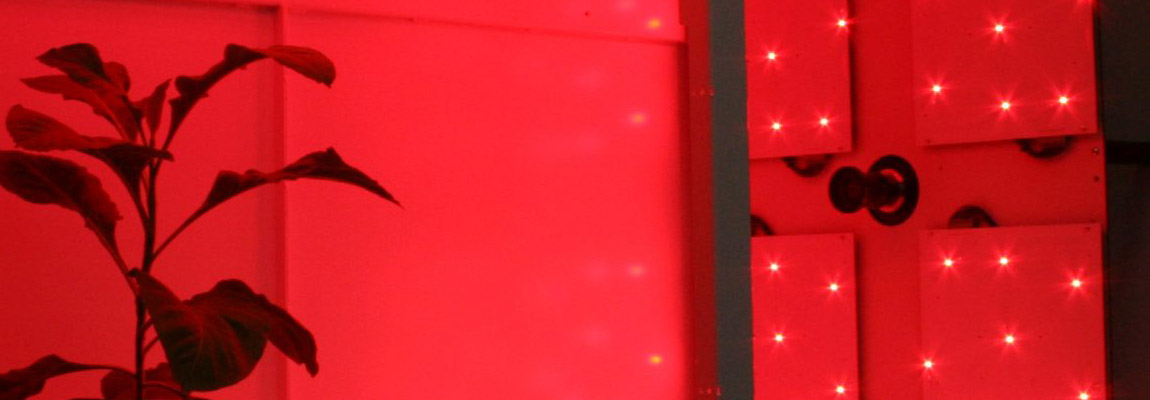
How Digital Phenotyping Helps
How digital phenotyping helps – or why should I use phenotyping technologies?
1. Bringing phenotyping to eye-level: nearly all processes in biological investigation run on high-tech basis. Analyzing DNA, proteins, or other metabolites use automatic machines that process the samples and deliver data. At phenotypic level, still visual scoring is very widespread. Thus, introducing technology lifts phenotyping on a comparable level to genome or metabolite analysis. Results meet on eye-level and comparability is given.
2. Technological lead: be ahead of others by digitizing phenotypic assessments with optical sensing and advanced image processing.
3. Technological advantages: visual scoring by humans only works in the visible light range and is prone to human subjectivity, but digital phenotyping technology opens opportunities to inspect samples, e.g., using fluorescence, luminescence, multi- and hyperspectral imaging, or (near-)infrared imaging.
4. State of the art: use the most recent developments from science and technology to gain relevant data on the performance of crops, treatments, plant management methods, seeds, or more.
5. Reduce labor cost, time demand, and bias: visual scoring takes substantial parts of the working time. Despite following the same rating criteria, there is an inter-operator bias once several persons participate in one rating process. Leverage your team’s capabilities for tasks only humans can do.
6. Information gain: phenotyping technology captures various features in one working step, e.g. shoot and root sizes of seedlings together with germination rates. While a person scoring visually just counts the germination percentage, an assessment of root and shoot length by manual means would exceed any time budget.
7. Automation: most camera- and sensor-based phenotyping procedures can be automated. Samples can automatically move to the sensors, or the sensors can travel across an array of samples. For long-time observations, stationary camera systems enable continuous monitoring.
8. Machine learning and artificial intelligence: when processing images, the use of artificial intelligence and machine learning enables analyzing broad ranges of features. Algorithms can be trained to recognize exactly those traits which are in the interest of the users.

